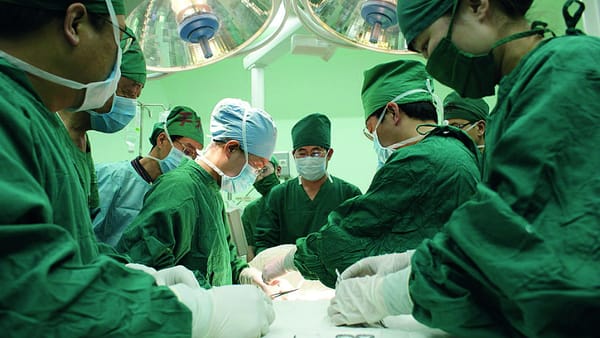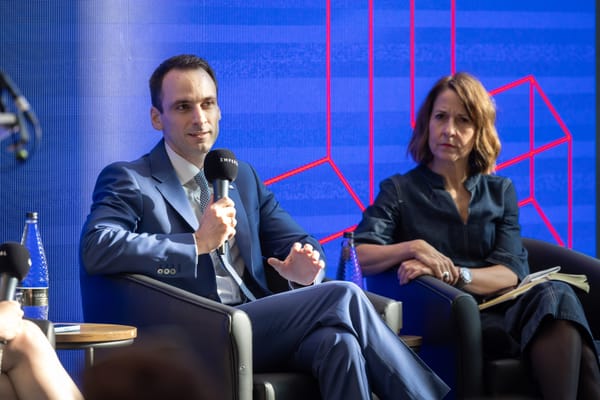Are robots the future of tissue regeneration?
New studies show that robots could be used for regeneration of tissues in the future.

The applications of robots span many disciplines – far beyond what one might see on BBC’s Robot Wars. Robots themselves have long had several applications in the medical field, but only recently have researchers demonstrated the effectiveness of their use for tissue regeneration. At Boston’s Children’s Hospital, researchers conducted a proof-of-concept study using a tissue-regenerating robot on the oesophagi of five pigs. The robot consists of two motorised rings and an external control unit; as it is only attached to the oesophagus, it does not affect other organs. The motorised attachments, in the form of rings sutured to both ends of the oesophagus, place traction forces on the tube via a control unit external to the body. The magnitude of traction forces can be adjusted using this programmable control unit, and the robot pulls the oesophagus in both directions either with more or less force. A skin-like barrier surrounds the device to protect the motorised unit from various bodily fluids. It is widely known that mechanical forces and mechanotransduction in cells play an important role in tissue growth, and this robot looks to take advantage of that knowledge.
During this study, researchers increased the ring separation distance by 2.5mm each day, in all five pigs for either eight or nine days. This separation strained the oesophagus, and therefore induced mechanical forces. After the 2.5mm separation each day, the mechanical forces on the oesophagi were measured. Following ring separation, these forces immediately increased proportionally to the separation distance, and exponentially decayed in the day following separation, indicating tissue proliferation. The oesophagi lengthened with increasing ring separation distance, as the circumference and thickness of the muscular layer surrounding the oesophagi were maintained, showing that lengthening, as opposed to stretching, was indeed occurring. On average, the pig oesophagi lengthened by 77%. This result is ground-breaking, as the right amount of force needed to be applied to tissue to promote growth is as of yet unknown.
In vivo tissue engineering is typically done using cell-seeded scaffolds, which induce cell proliferation, but may fail due to lag-time of vascularisation or the hosts immune response. Robotic implants for tissue regeneration mitigate these challenges. Due to this novel tissue-generating robot, oesophageal atresia and short bowel syndrome – two conditions that are usually birth defects which cause years of discomfort – may have found their cure. This novel application is a potential replacement for otherwise invasive, risky surgeries with long recovery periods. The team plans to next test the device on large animal models before moving on to clinical trials in the future.








